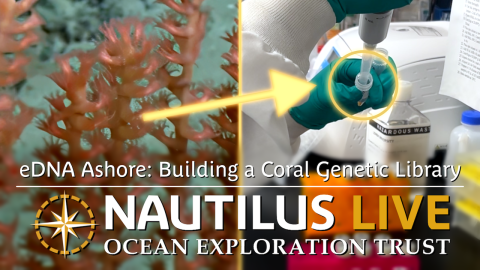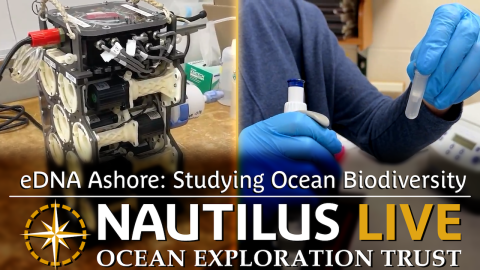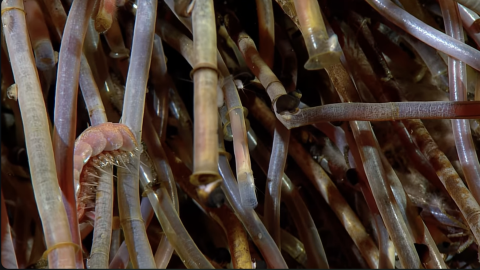Exploring Midwater Ecosystems with Collaborative Technology Throughout American Samoa
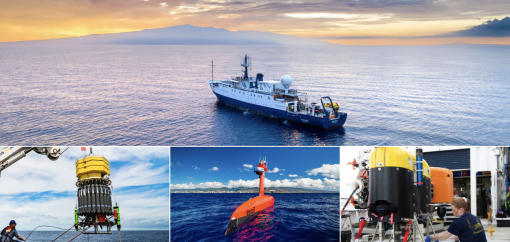
The Ocean Exploration Trust (OET)'s fifth expedition of 2024 is E Mamana Ou Gataifale I (NA164): a multi-vehicle exploration of midwater ecosystems across American Samoan waters. The midwater ocean twilight zone is an important source of food for many marine animals, including commercial species like tuna and swordfish. The purpose of this expedition is to cooperatively explore this zone in priority areas identified by the American Samoan management and science community. The expedition, funded by NOAA Ocean Exploration via the Ocean Exploration Cooperative Institute (OECI), will visit Vailuluʻu Seamount in the National Marine Sanctuary of American Samoa (NMSAS), as well as other unexplored seamounts, to learn more about how open ocean and seafloor habitats interact.
“It’s great to have the Nautilus crew back in American Samoa after five years. We’re looking forward to seeing what’s changed underwater, the data gathered, and involving our local community in all the explorations,” says Nerelle Moffitt, Communications and Outreach Coordinator at National Marine Sanctuary of American Samoa.
Vailuluʻu Seamount is the only hydrothermally active seamount in American Samoa. Discovered in 1975, Vailuluʻu Seamount has since been mapped by multiple expeditions using high-resolution multibeam sonars but has not been explored since 2019. This expedition will return for the first surveys of the area since a 2022 cluster of seafloor earthquakes.
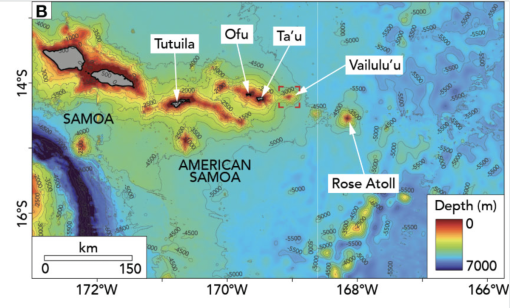
Over the last three years, the OECI has been advancing how multiple ocean exploration technologies can be integrated aboard E/V Nautilus, and this year, will bring these new capacities to American Samoa. This expedition will utilize autonomous systems like Woods Hole Oceanographic Institution’s hybrid remotely operated and autonomous underwater vehicle Mesobot and the University of Rhode Island’s Deep Autonomous Profiler Lander deployed from the ship and the University of New Hampshire’s uncrewed surface vehicle DriX operated from shore in Pago Pago.
“Using the complementary survey technologies and collaborative behaviors that have been developed through the OECI, this expedition will seek to gain new insights into the biology, geology, and oceanography of Vailuluʻu Seamount, as well as other deep-sea habitats of the region,” says Larry Mayer, Director, School of Marine Science and Ocean Engineering & Center for Coastal and Ocean Mapping, University of New Hampshire.
This 18-day expedition will be live-streamed on NautilusLive.org, a 24-hour portal bringing expeditions from the field to people on shore via telepresence technology to captivate and engage broad audiences across American Samoa, Oceania, and the world through access to the deep ocean. The team of STEAM professionals will also connect directly to classrooms via free educational Q&A interactions from the onboard broadcast studio.
The E Mamana Ou Gataifale I expedition plan was developed with input from American Samoan resource managers, scientists, educators, cultural practitioners, and other ocean stakeholders, including through a March 2024 workshop convening government and agency representatives at the Tauese P.F. Sunia Ocean Center in Utulei. Expedition naming is part of a collaborative effort to appropriately reflect American Samoan culture and values across the expedition.
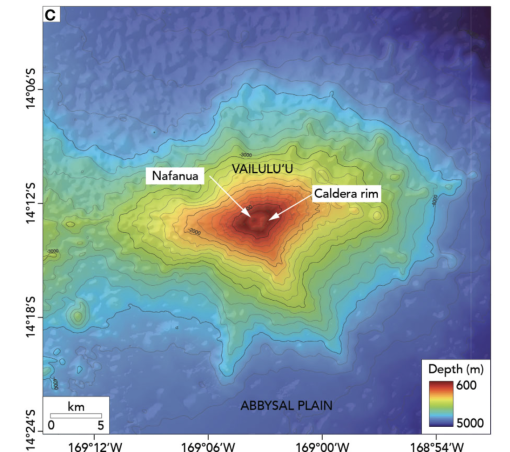
“The expedition name E Mamana Ou Gataifale, means ‘your waters have power’ to reflect deeper relationships within the ocean,” says NMSAS Superintendent Atuatasi-Lelei Peau.
Five students and one educator will join the expedition, including these participants local to American Samoa: Magdalene Augafa-Leauanae from the American Samoa Department of Education; OET Ocean Science internship participant Liualevaiosina Leʻiato, an alum of Tafuna High School and undergraduate at the University of Hawaiʻi at Mānoa; and two NMSAS interns Talofa Fe'a, a NOAA José E. Serrano Educational Partnership Program intern, and Ella Ashford, a NOAA Hollings Scholar.
“NOAA Ocean Exploration is pleased to partner with NMSAS, OECI, and OET to support this state-of-the-art research expedition in the waters of American Samoa,” says NOAA’s Cooperative Institute Manager Dr. Aurora Elmore. “By bringing our strengths together, we can learn more about critical marine ecosystems and environmental conditions of the Pacific Ocean.”
Building upon decades of study, stewardship, and discoveries, OET remains committed to the open sharing of data collected during E/V Nautilus expeditions to advance national, regional, and international priorities. Mapping and ROV operations on the upcoming expedition in unexplored areas will directly contribute to the US National Strategy for Ocean Mapping, Exploration, and Characterization, the UN Decade of Ocean Science for Sustainable Development, and the Nippon Foundation and General Bathymetry Chart of the Ocean Seabed 2030 Project, a multi-national initiative that aims to map the global seafloor by 2030.
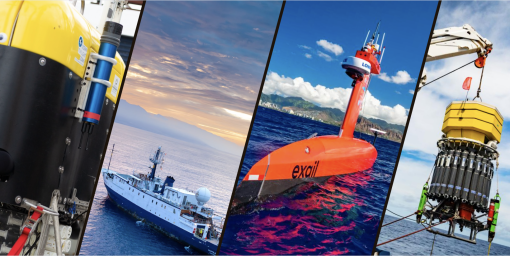
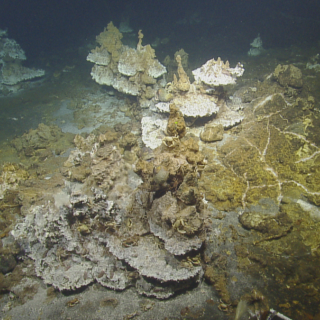
E Mamana Ou Gataifale I - American Samoa
Over the last three years, the Ocean Exploration Cooperative Institute has been advancing the integration of multiple exploration technologies aboard E/V Nautilus, and this year, we bring these new capacities to American Samoa.
